China’s PBoC left the one-year loan prime rate (LPR) unchanged at 3.85% today. The five-year LPR was held at 4.65%. These benchmark lending rates for corporate and household loans were kept unchanged for the eight straight months. Some economists saw that with the economic recovery on the right track, PBoC policy focus would gradually shift away from supporting growth. Keeping LPRs unchanged would provide the base for the central bank to hike its policy rates next year.
Offshore Yuan trades a little weaker today, mainly as dollar recovers. USD/CNH continues to consolidate above 6.4968 temporary low. Near term outlook stays bearish, with another fall expected, as long as 6.5968 resistance holds. USD/CNH could have a take on 61.8% retracement of 6.0153 to 7.1953 at 6.4661 before forming a bottom.




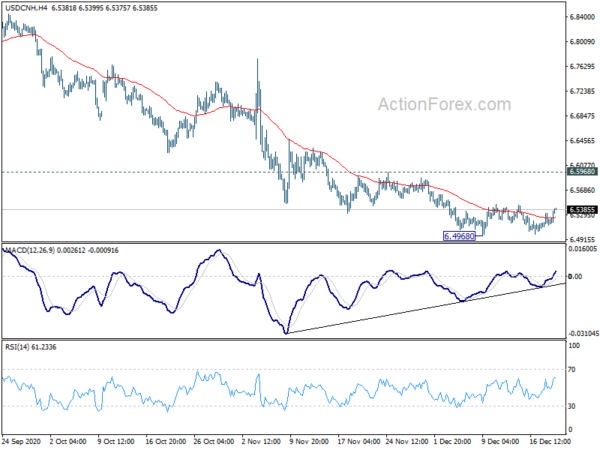
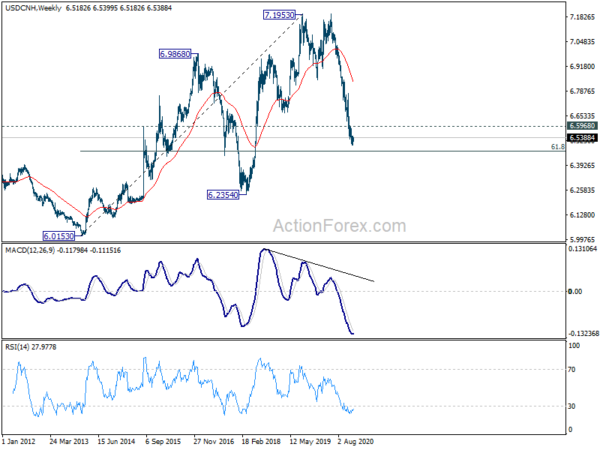
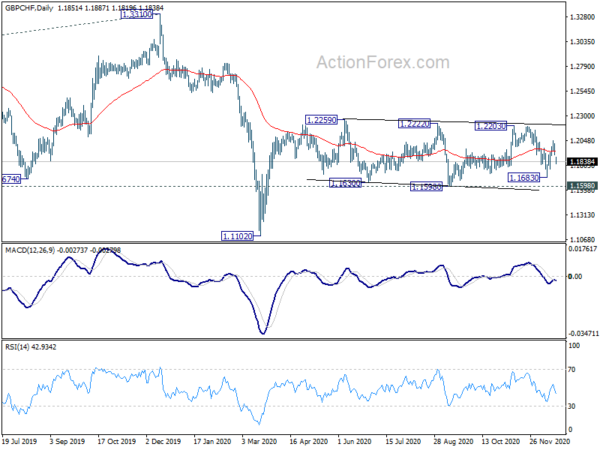
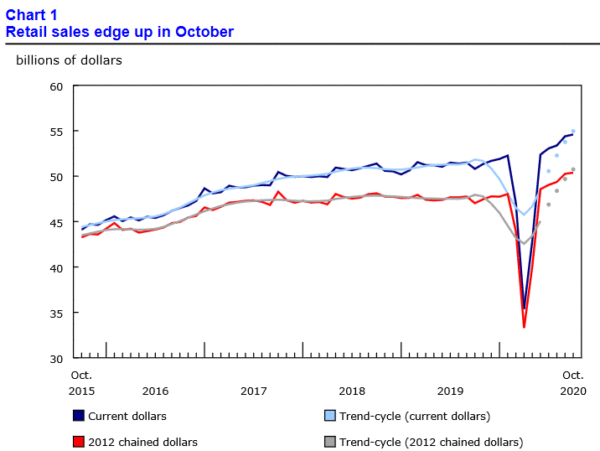
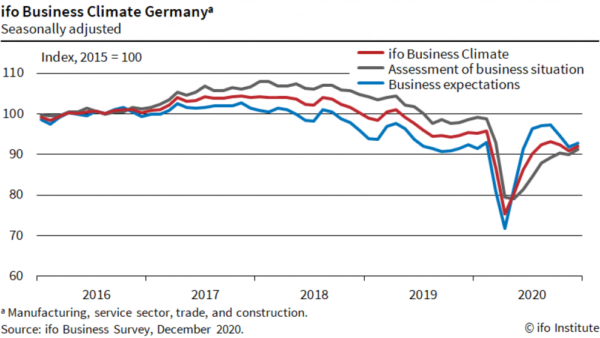
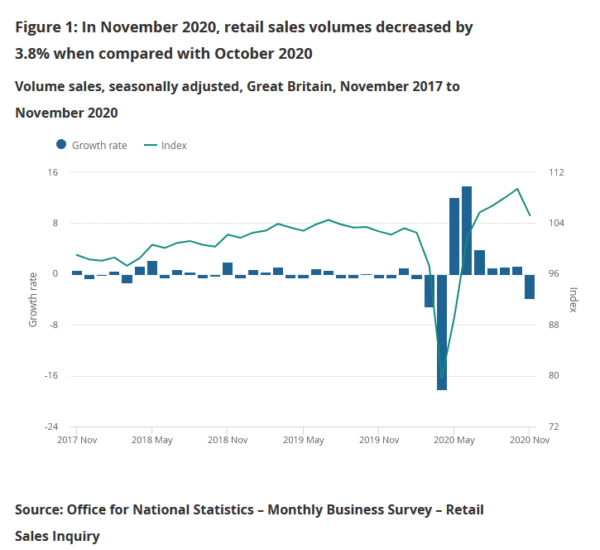
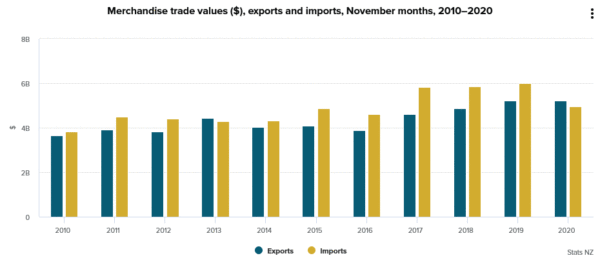
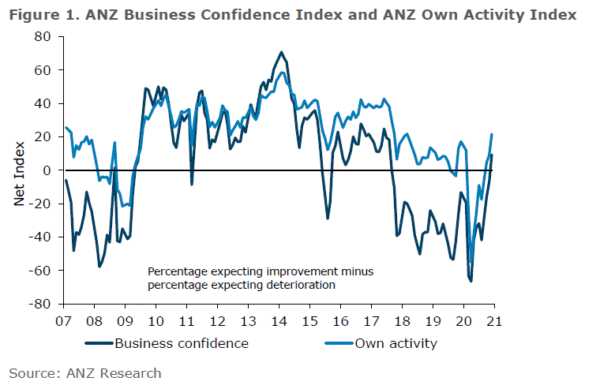
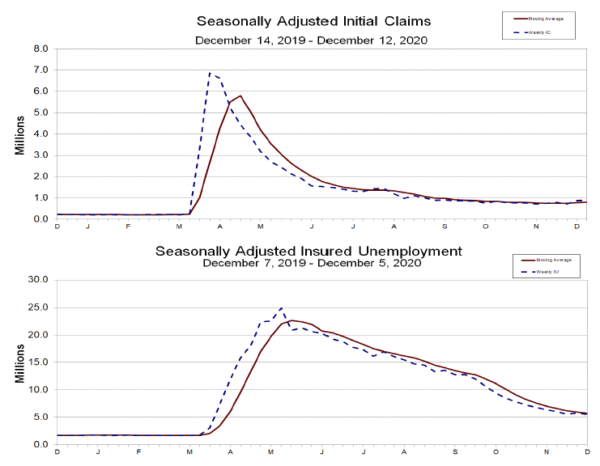
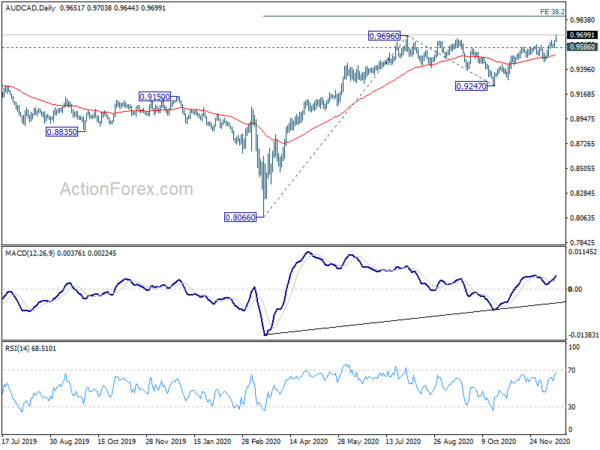
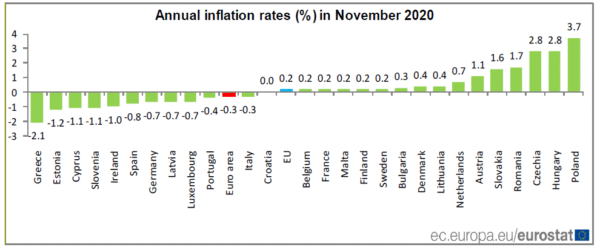
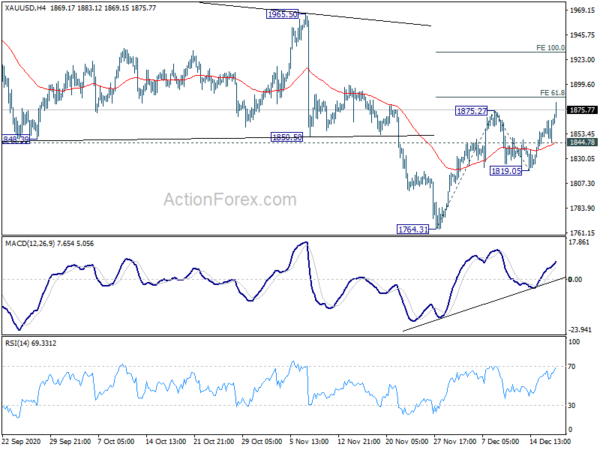
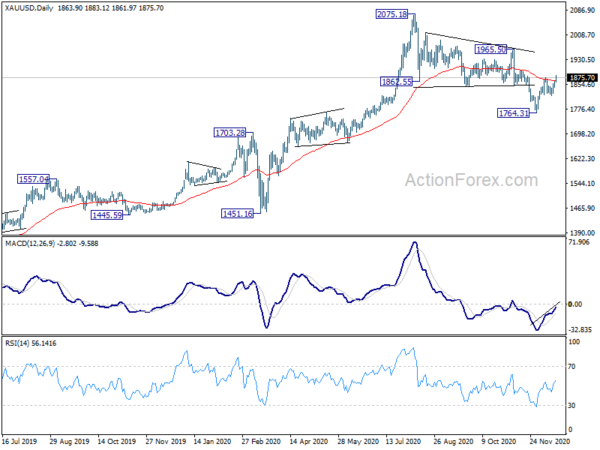
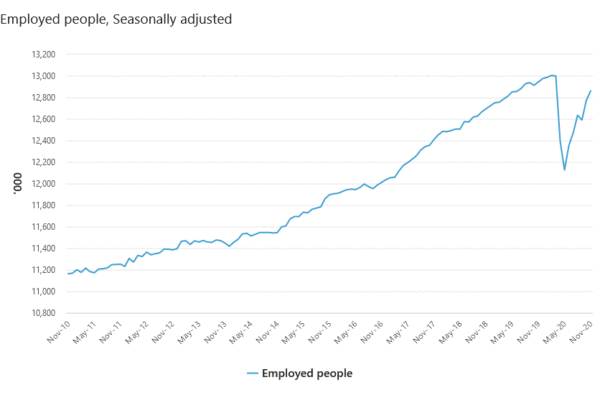
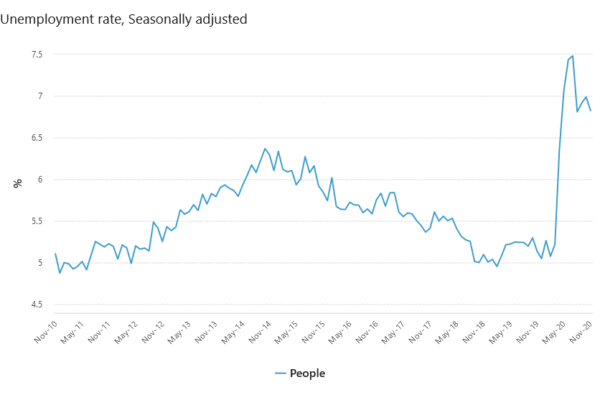

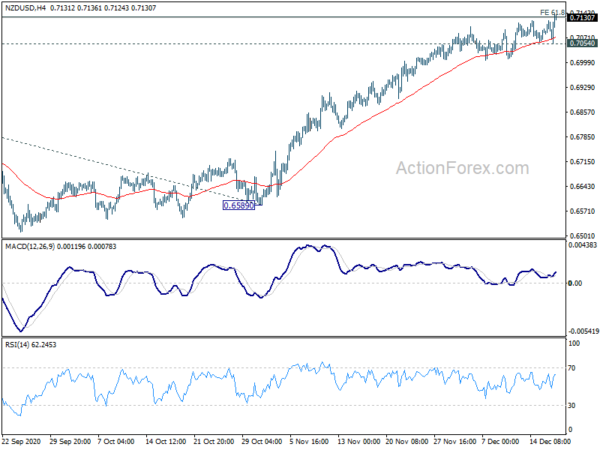
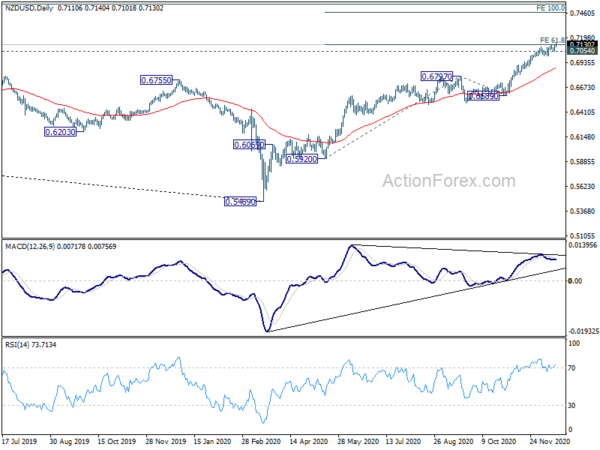

WTI crude oil in deep retreat, short term top in place ahead of 50
WTI crude oil drops sharply today, following broad based risk aversion. Considering bearish divergence condition in 4 hour MACD, and the proximity to 50 psychological level, a short term top could be formed at 49.25. Break of 45.66 support will confirm this case. Deeper correction would be seen to cluster support level at 43.50, 38.2% retracement of 33.50 to 49.25 at 43.23. Nevertheless, strong support from 45.66 could set the stage for another take on 50 before topping.